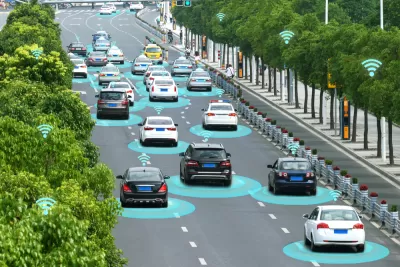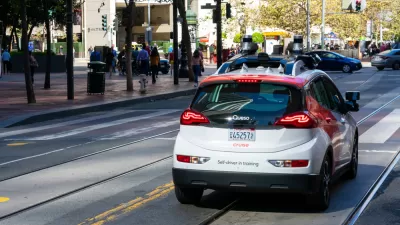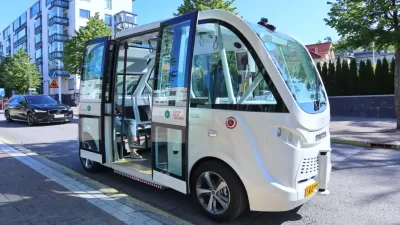Autonomous vehicle technology assumes that partial automation, where people are in control of vehicles at varying levels, is feasible. But research shows this is not how humans behave.

Bob O’Donnell writes about delays in the development of autonomous vehicle technology. One issue, he says, is that the current system of automation levels, which range from no automation at Level 0 to full automation at Level 5, do not adequately account for human nature.
This range assume that vehicles can be semiautonomous, as reflected in Levels 2-4, where people are always ready to take control. "But people don’t behave that way in the car. They either they pay attention, or they don’t," says O’Donnell.
He argues that a two-category distinction, assisted or autonomous, more accurately captures human behavior and would help with the long-term development of this technology.
"Full-throated advocates of full vehicle autonomy may decry any further delays to an autonomous driving world, but simplifying and focusing car technology developments into two simple categories is a safer and more realistic choice for the long term. Anything in between isn’t only impractical, it’s dangerous," says O’Donnell.
FULL STORY: How the race to autonomous cars got sidetracked by human nature

Alabama: Trump Terminates Settlements for Black Communities Harmed By Raw Sewage
Trump deemed the landmark civil rights agreement “illegal DEI and environmental justice policy.”

Study: Maui’s Plan to Convert Vacation Rentals to Long-Term Housing Could Cause Nearly $1 Billion Economic Loss
The plan would reduce visitor accommodation by 25% resulting in 1,900 jobs lost.

Planetizen Federal Action Tracker
A weekly monitor of how Trump’s orders and actions are impacting planners and planning in America.

Waymo Gets Permission to Map SF’s Market Street
If allowed to operate on the traffic-restricted street, Waymo’s autonomous taxis would have a leg up over ride-hailing competitors — and counter the city’s efforts to grow bike and pedestrian on the thoroughfare.

Parklet Symposium Highlights the Success of Shared Spaces
Parklets got a boost during the Covid-19 pandemic, when the concept was translated to outdoor dining programs that offered restaurants a lifeline during the shutdown.

Federal Homelessness Agency Places Entire Staff on Leave
The U.S. Interagency Council on Homelessness is the only federal agency dedicated to preventing and ending homelessness.
Urban Design for Planners 1: Software Tools
This six-course series explores essential urban design concepts using open source software and equips planners with the tools they need to participate fully in the urban design process.
Planning for Universal Design
Learn the tools for implementing Universal Design in planning regulations.
Caltrans
Smith Gee Studio
Institute for Housing and Urban Development Studies (IHS)
City of Grandview
Harvard GSD Executive Education
Toledo-Lucas County Plan Commissions
Salt Lake City
NYU Wagner Graduate School of Public Service





























